
Polish IT Community Report 2024 is here!
Before you is the latest edition of the largest and most detailed study on Polish IT. Here, you'll find information about who the people in IT are, how they work, what they earn, and which technologies they use. All of this is captured in 213 charts , which will show you what the IT industry in Poland looks like.




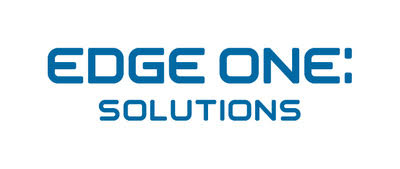
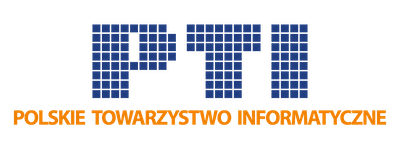

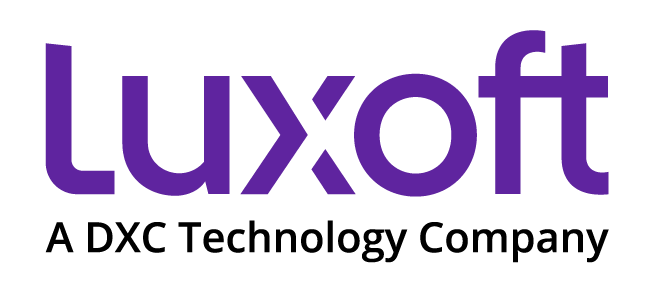

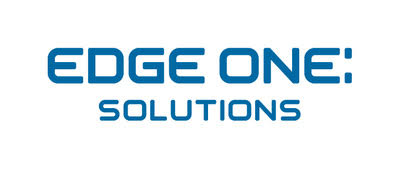



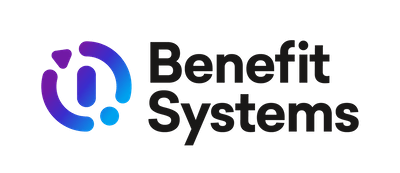













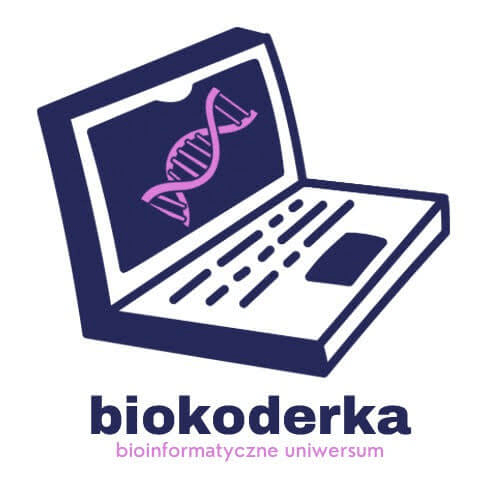












The pioneering and growing importance of Diversity and Inclusion means that more and more companies are recognising the need for mixed teams. It is not just about gender, but also about the diversification of the team, e.g. by age, nationality, experience or ethnic background of the employees. It is worth mentioning that today, in the digital age, it is much easier to create a varied team. This is confirmed by the 'Diversity wins' report from McKinsey. The results of the survey indicate that a diverse team contributes to the company's innovation potential, increased efficiency or level, culture of cooperation.
At Luxoft, we have been proving for years that the IT industry is accessible to everyone. We support and motivate women to enter the IT world, for example through ongoing training programmes, webinars and conferences promoting the role of women in the industry. We are proud of the fact that in our company many women hold strategic positions and they are ready for the next challenges!